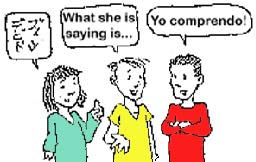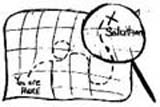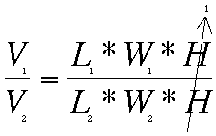

|
|
|
|
|
|

|
|
|

|
|
|

|
|
|

|
|
|
Describe...
|
|
|

|
|
|

|
|
|

|
|
|

|
|
|

|
|
|

|
|
|

|
|
|

|
|
|

|
|
|

|
|
|

|
|
|

|
|
|

|
![]() Back to Closed-Ended Problems
Back to Closed-Ended Problems